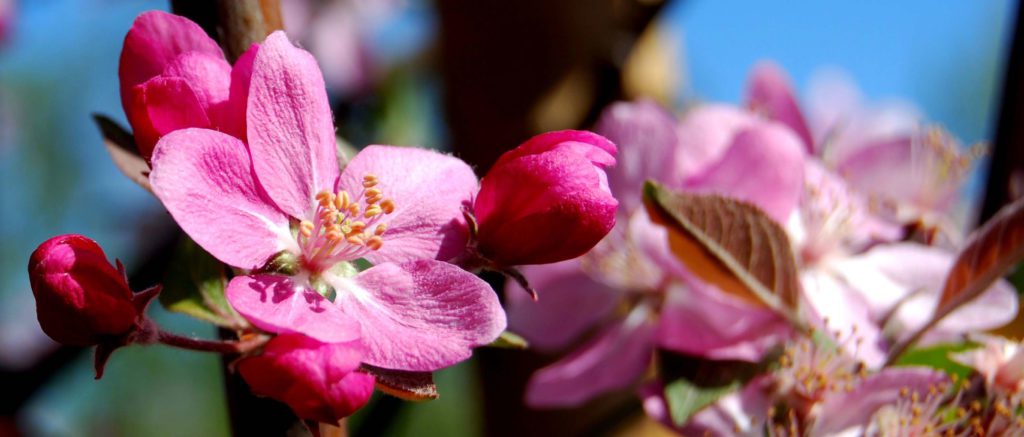
Apple scab, caused by the fungus Venturia inaequalis, is not considered a serious threat to crabapple or apple trees; however, repeated annual infections can weaken the tree making it more susceptible to other insect or disease problems.
Apple scab can seriously reduce the aesthetic quality of apple trees because of the early defoliation and blemishing to the leaves and fruit that it causes. Heavy infections can reduce growth, vigor, and apple yields. Apple scab is dependent on cool, wet weather. If spring weather is dry, scab may not be a serious problem that year.
Susceptible Hosts: Malus species, including apple fruit trees and flowering crabapples
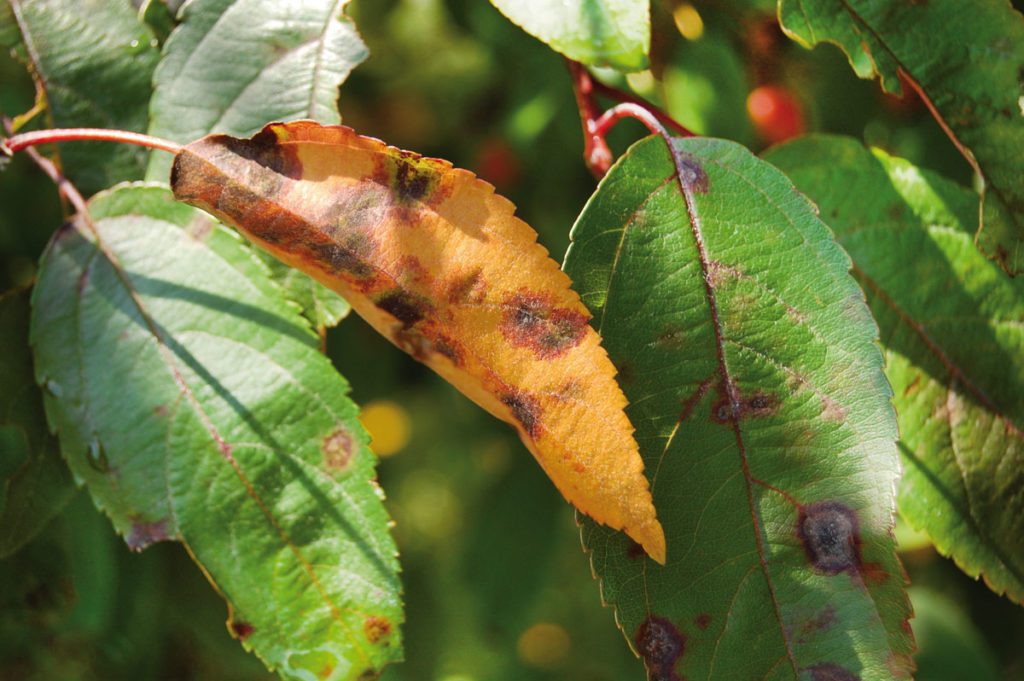
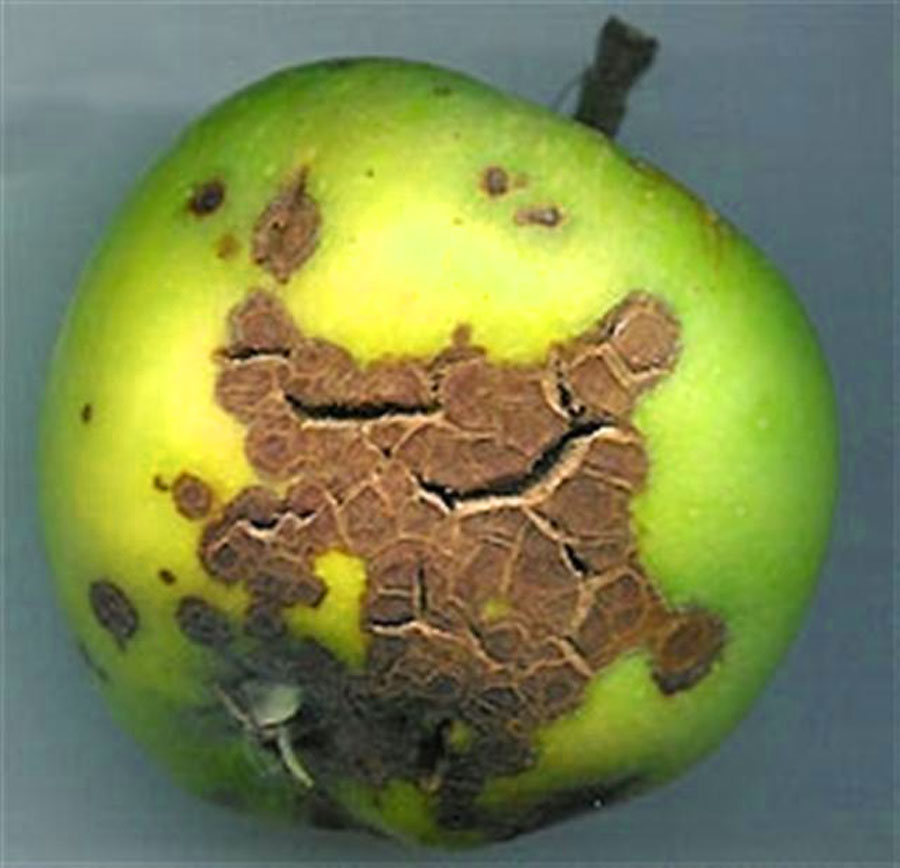
Biology
- The pathogen overwinters in infected leaves on the ground from the previous year.
- In spring, overwintered spores (ascospores) mature and are discharged over a period of 5 to 9 weeks.
- Wind and splashing rain carry spores from infected leaves to new growth on nearby trees where new infections begin.
- In late summer or early fall the primary infections produce secondary spores and create new infections, which can continue through the growing season during wet periods.
Symptoms:
- Brown to olive irregular-shaped spots on the leaves in late spring
- Spots become dark and velvety in appearance (the result of spore production on the leaf surface)
- Heavily infected trees may have yellow leaves and experience premature defoliation from late spring through late summer.
- Fruit may also be infected and display similar symptoms to those on leaves (spots)
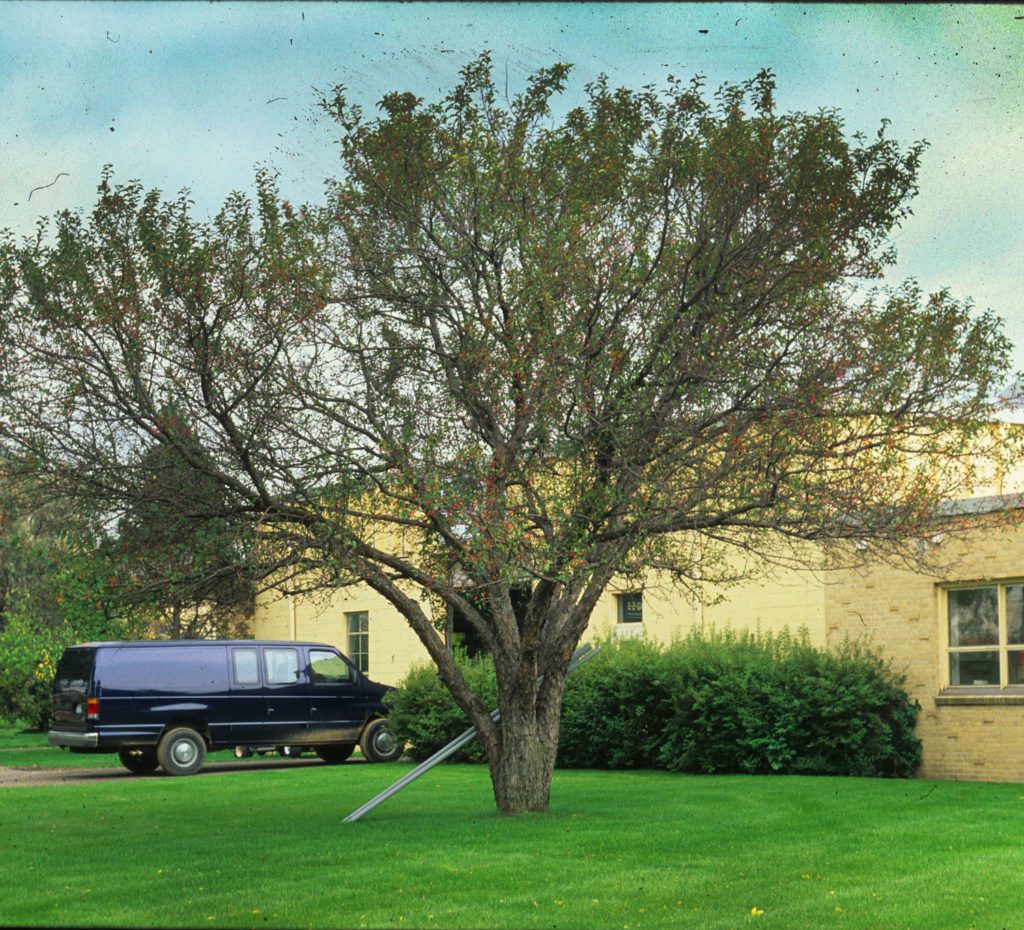
Apple Scab Treatment
Apple Scab Treatment Quick Facts:
- Avoid wetting the foliage with irrigation during the growing season
- Rake and remove fallen leaves from yard in autumn to reduce spores
- Each winter, prune suckers and branches throughout the crown to improve air circulation
- Choose disease resistant varieties when planting new apple trees
- If using fungicide, treat apple trees in the springtime
The need for fungicides depends on the susceptibility of the cultivar and weather conditions. Since apple scab is dependent on wet weather, fungicide applications may be needed for control during wet seasons. Proper sanitation, pruning, and watering, may suffice during dry seasons. Fungicide applications are preventive only and need to be timed properly for effective control.
It is important that the apple trees are treated in the spring time as this is when the infection occurs and not in midsummer when the symptoms begin to appear.
Myclotect Fungicide
Timing: Three applications are made starting at bud break and continuing at 10-14 day intervals. Drier springs may require only two applications, wetter springs may require as many as four.
Application method: Foliar spray
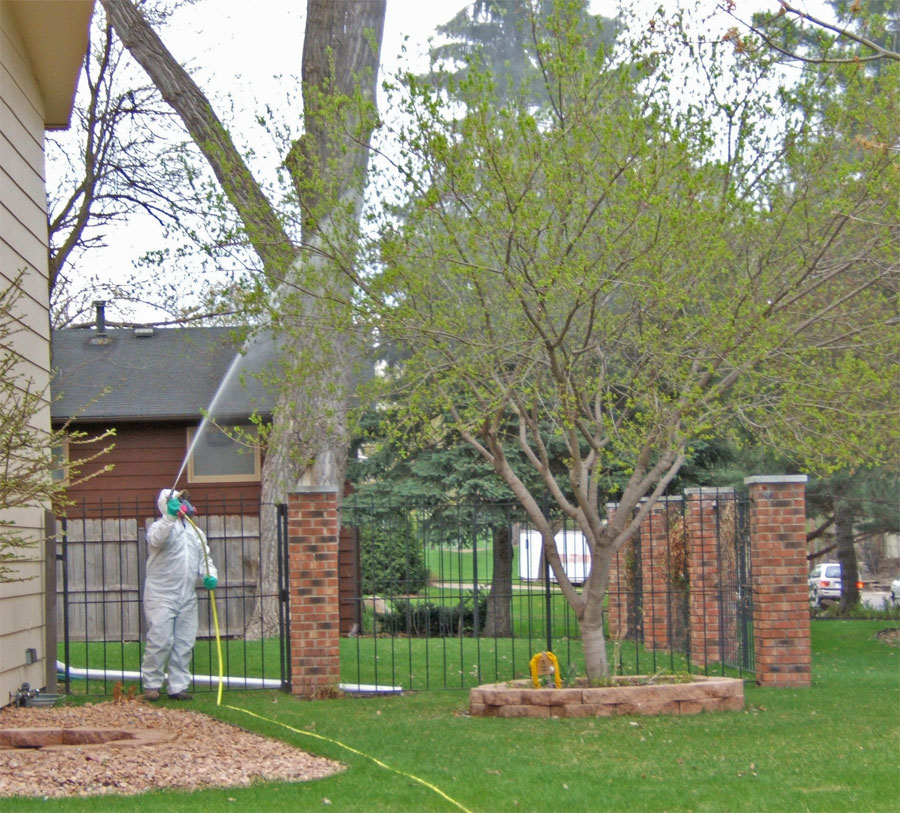
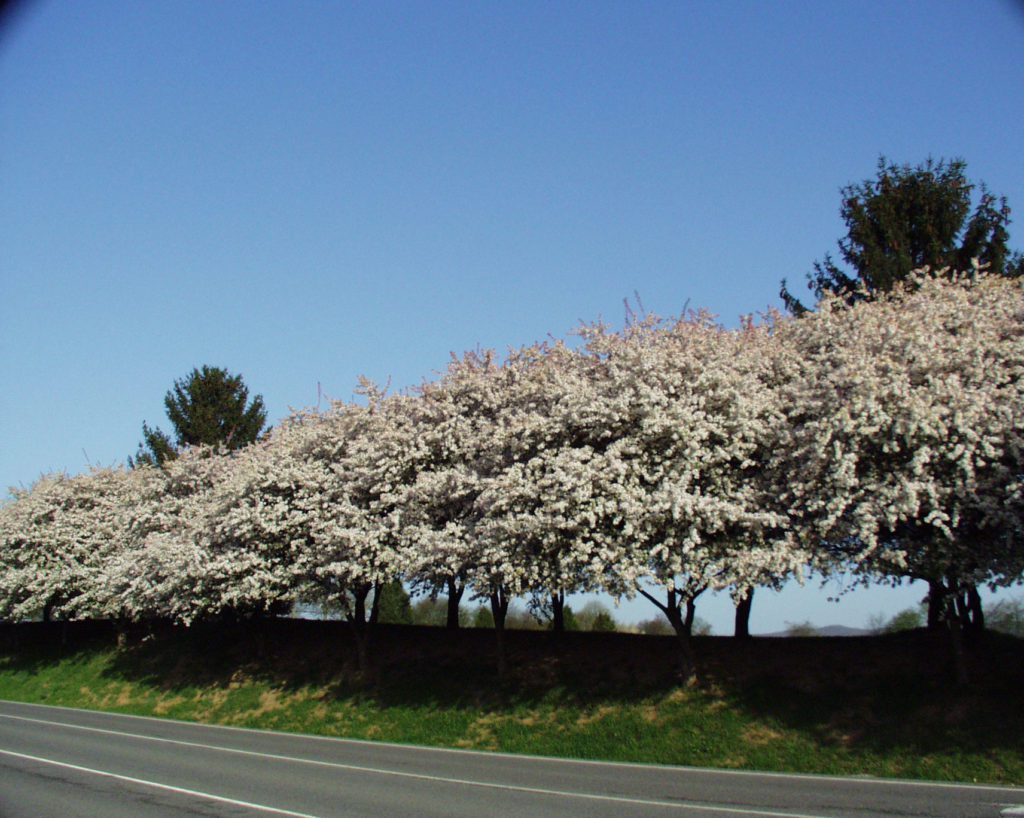
Contact us to schedule a consultation with a certified arborist.


